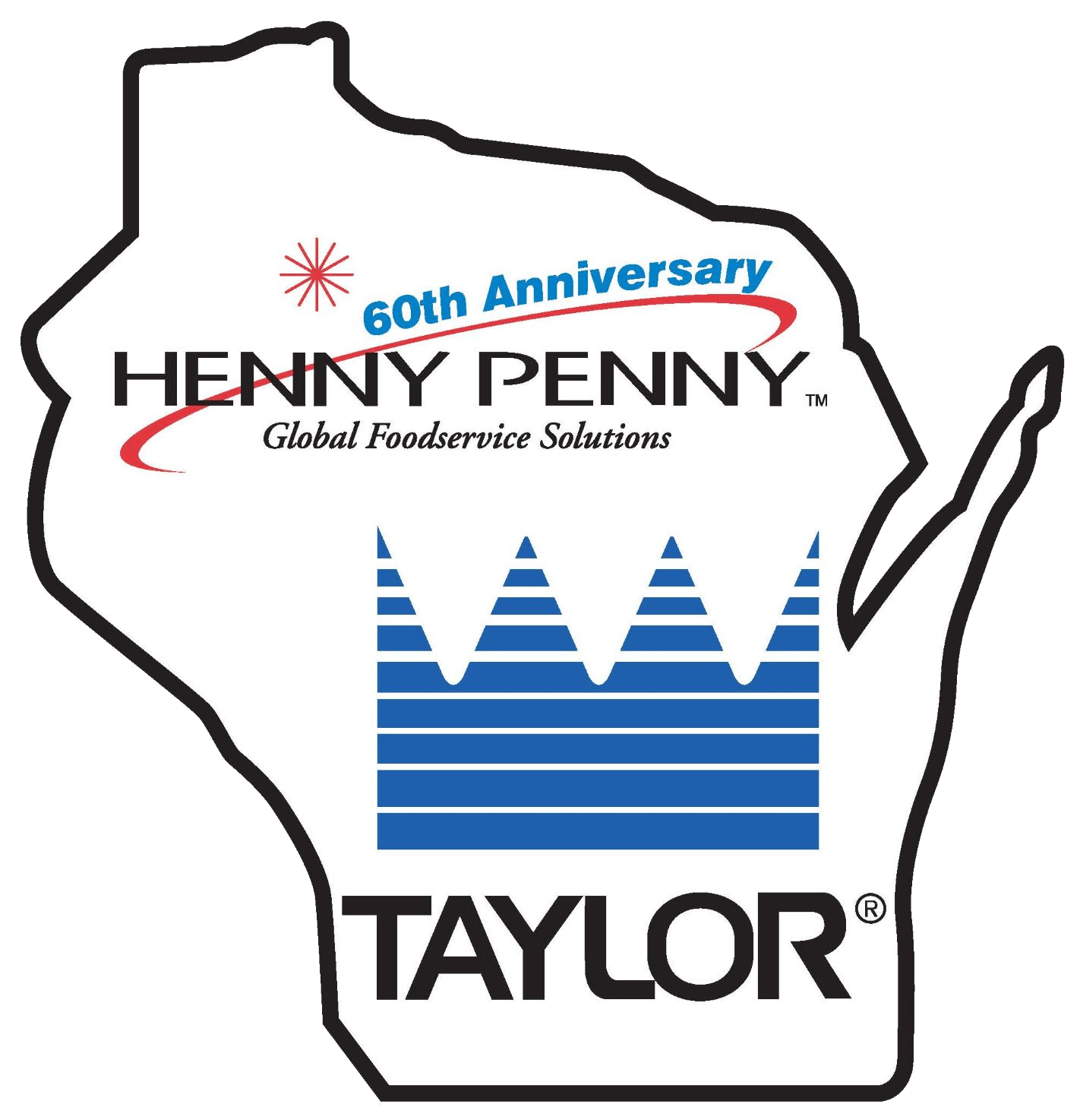Henny Penny pressure fryers are the epitome of efficiency, producing high-quality menu items while minimizing operational costs. These fryers come with a variety of questions, all of which are answered in this frequently asked question post.
What are the benefits of pressure frying?
Pressure frying cooks food in a pressurized environment at lower temperatures than deep frying. The result is an evenly-heated product ready in less time. The Henny Penny Pressure Fryer also lowers operating costs. (Food service operations can get specific information about cost savings by contacting a professional commercial equipment professional.)
Henny Penny pressure fryers are able to cook a variety of menu items, such as chicken, pork, and potato wedges. These foods do not absorb oil during the turbulent cooking process, trapping flavors, nutrients, and juices. The result is more flavorful food than items produced in an open fryer. The cooking process also means virtually no flavor transfer and longer oil life. The latter translates into less maintenance and less oil used.
What Henny Penny models are available? What is the right Henny Penny pressure fryer?
There are a number of Henny Penny models available, including:
- PFE-500 (Electric)
- PFE-561 (Electric)
- PFG-600 (Gas)
- PFG-691 (Gas)
- PFE-591 (Electric)
- PXE 100 (Electric)
All Henny Penny pressure fryers cook food in a rectangular stainless steel pot for more even cooking. Every model come with easy-to-use controls and a reporting feature that relays data from past use. From there, food service operations can choose the right fryer based on a number of factors:
- Capacity. The volume of the fryers varies, making them a good fit for almost any food service operation. The PFE-500 cooks up to 14 lbs. of food per load from five square feet of floor space. The largest capacity fryers, the Velocity series, can process as many as eight heads of chicken.
- Gas or electricity. Henny Penny pressure fryer models are available for kitchens with gas or electric sources. If needed, a commercial equipment professional can assist with comparing the operational costs of a gas versus electric model.
- Number of programs. Programmable cooking cycles ensure a consistent product and lower training costs. The PFE-500 can hold 10 programmable cycles, and larger-capacity models can hold as many as 160 programmable cook cycles.
- Oil filtering. Pressure frying extends the life of oil compared to a deep fryer. All Henny Penny pressure fryers come with a built-in oil filtration system that extends oil life further and reduces the amount of maintenance and down-time.
What Henny Penny Pressure Fryers are suitable for high-volume operations?
The Henny Penny Velocity Series is designed for high-volume operations. These pressure fryers use 25% less oil on the initial fill—and per pound of food cooked—and realize four times longer oil life. The Henny Penny pressure fryers are equipped with both automatic top-off and filtration. The Henny Penny pressure fryer monitors the oil level and adjusts it accordingly, eliminating the need for adding oil. This minimizes the risk to workers and reduces maintenance needs.
The automatic filtration feature sends jets of oil into the bottom of the fry pot, cleaning out food particles and clearing the system. The oil is then filtered and circulated back into the pot before the next cook cycle. The result is an 80% savings on disposal costs and longer oil life. Automatic filtration also reduces the amount of labor and training costs, and reduces the safety risk to employees.
The Henny Penny Velocity Series also boasts an easy programming system with up to 160 programmable cook cycles. These commercial fryers quickly become an essential part of any commercial operation, allowing food service operations to offer quality menu items efficiently.
